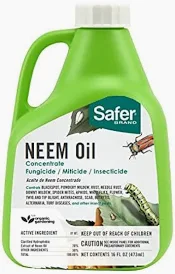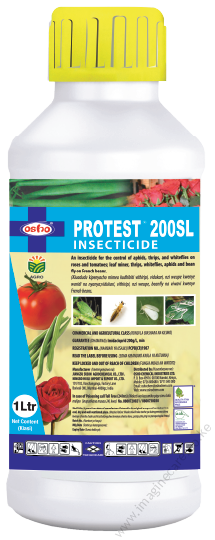Introduction
Kale, one of the most popular leafy vegetables, is highly nutritious but also vulnerable to a wide range of pests. Farmers often struggle with pests such as aphids, flea beetles, caterpillars, and whiteflies, which damage the leaves and reduce yields. Choosing the right pesticide—whether organic or synthetic—plays a critical role in protecting kale crops and ensuring a healthy harvest.
Common Pests Affecting Kale
1. Aphids – Small, soft-bodied insects that suck sap from leaves, leading to curling and stunted growth.
2. Cabbage Loopers and Diamondback Moths – Caterpillars that chew irregular holes in the leaves.
3. Flea Beetles – Tiny jumping beetles that create numerous small holes, giving leaves a “shot-hole” appearance.
4. Whiteflies – Sap-sucking pests that weaken the plant and spread diseases.
Recommended Pesticides for Kale Pests
1. Neem Oil (Organic Option)

– Effective against aphids, whiteflies, and caterpillars.
– Works by disrupting insect feeding and reproduction.
– Safe for beneficial insects if applied correctly.
2. Bacillus thuringiensis (Bt)

– A biological pesticide effective against caterpillars such as cabbage loopers.
– Non-toxic to humans, animals, and beneficial insects.
– Works best when sprayed on young larvae.
3. Pyrethrin-Based Pesticides
– Derived from chrysanthemum flowers, these kill a wide range of pests like aphids and flea beetles.
– Fast-acting but should be used carefully to avoid harming pollinators.
4. Insecticidal Soap
– Effective for soft-bodied pests like aphids and whiteflies.
– Works by breaking down the pest’s outer layer, causing dehydration.
– Requires direct contact with pests for best results.
5. Spinosad

– Naturally derived from soil bacteria.
– Highly effective against caterpillars, leafminers, and thrips.
– Approved for organic farming in many regions.
Best Practices for Using Pesticides on Kale
– Rotate products: Avoid repeated use of the same pesticide to reduce resistance development.
– Apply in the evening or early morning: Protect pollinators like bees and minimize leaf burn.
– Follow label instructions: Always use the recommended dosage and pre-harvest intervals.
– Combine with cultural practices: Proper spacing, crop rotation, and regular scouting reduce pest pressure.
Conclusion
Managing kale pests requires an integrated approach, with pesticides serving as an important tool when infestations become severe. Organic options like neem oil, Bt, and spinosad are safe and effective for small-scale and health-conscious farmers, while pyrethrin and insecticidal soap offer broader coverage. By selecting the right pesticide and applying it responsibly, farmers can protect their kale crops, ensure higher yields, and provide consumers with safe, healthy leafy greens.

